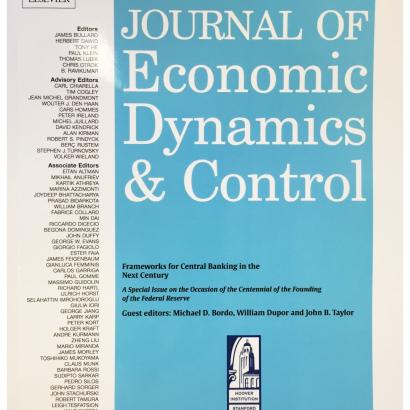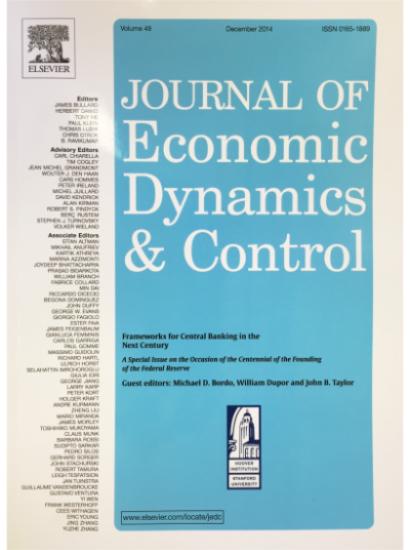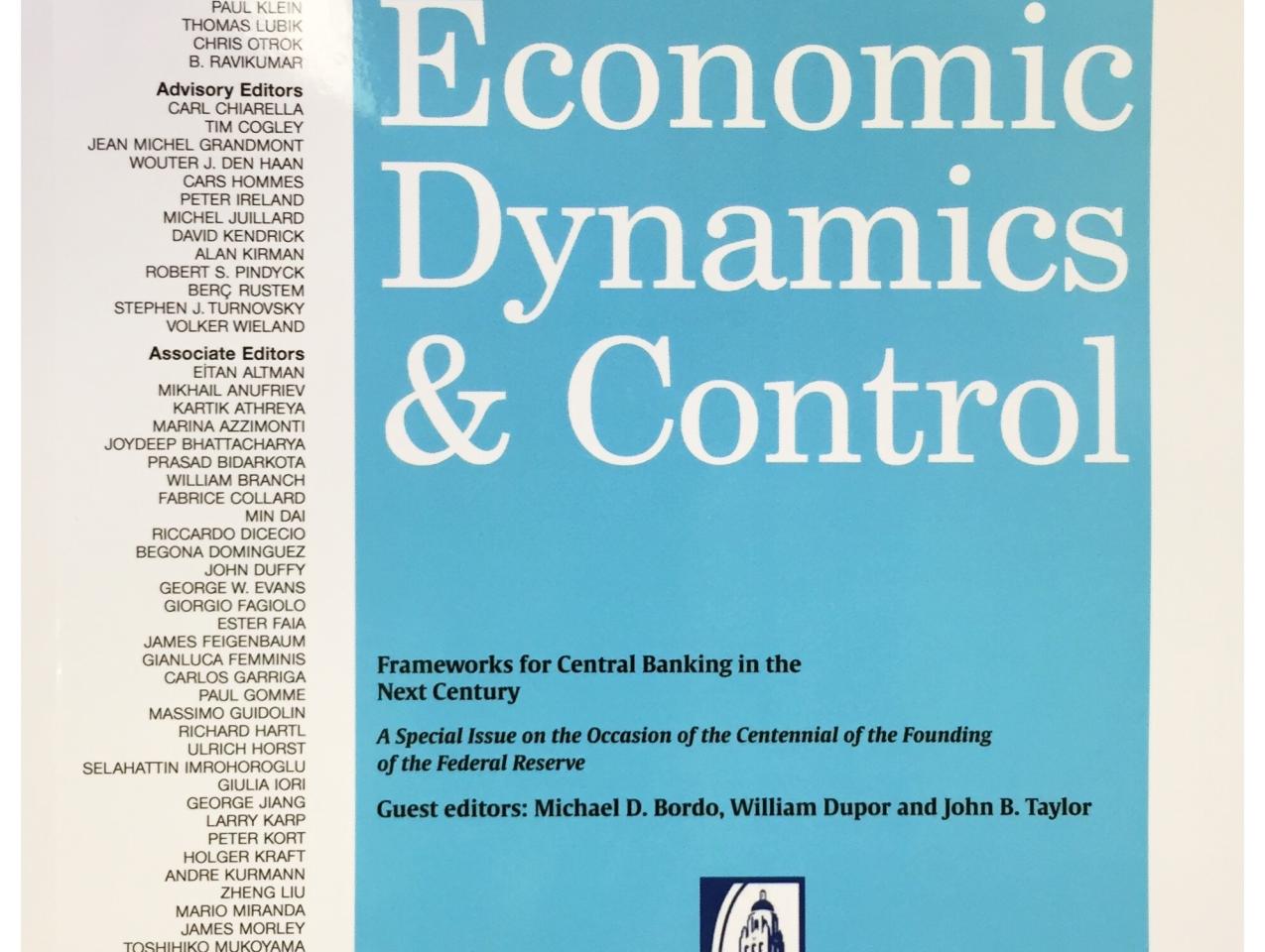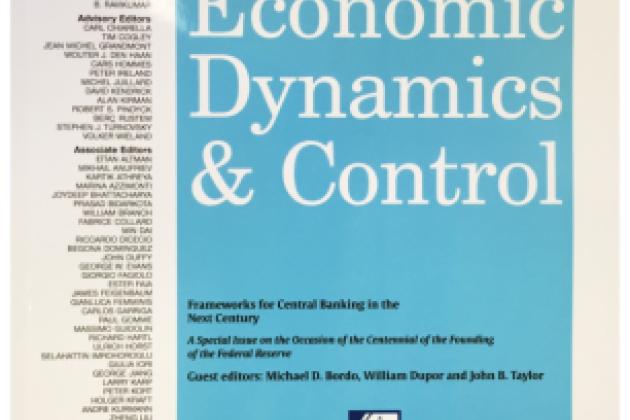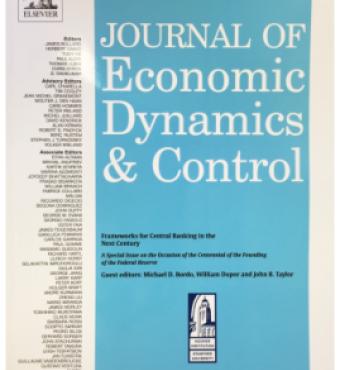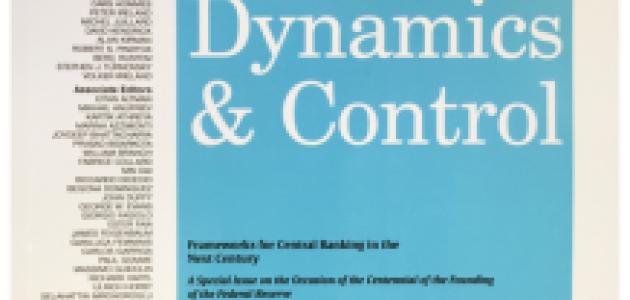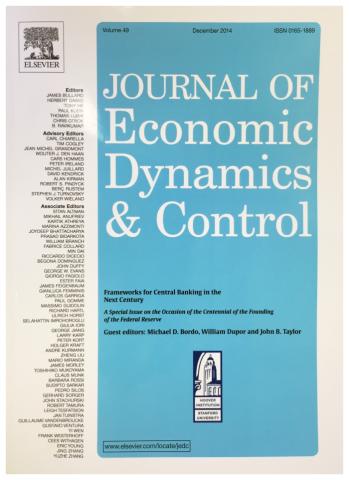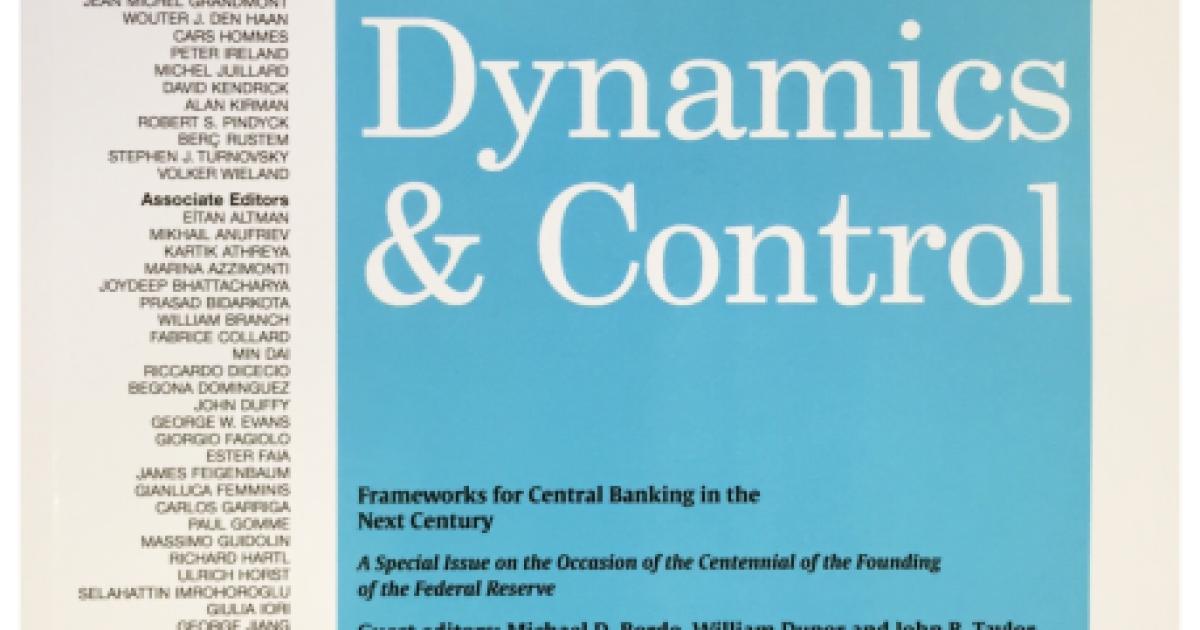On the occasion of the Federal Reserve's Centennial, Hoover Institution Fellows Michael D. Bordo and John B. Taylor have assembled a thoughtful volume – published in a special issue of the Journal of Economic Dynamics and Control – in which top Fed policymakers, monetary economists, and historians evaluate rules-based policy for the Fed.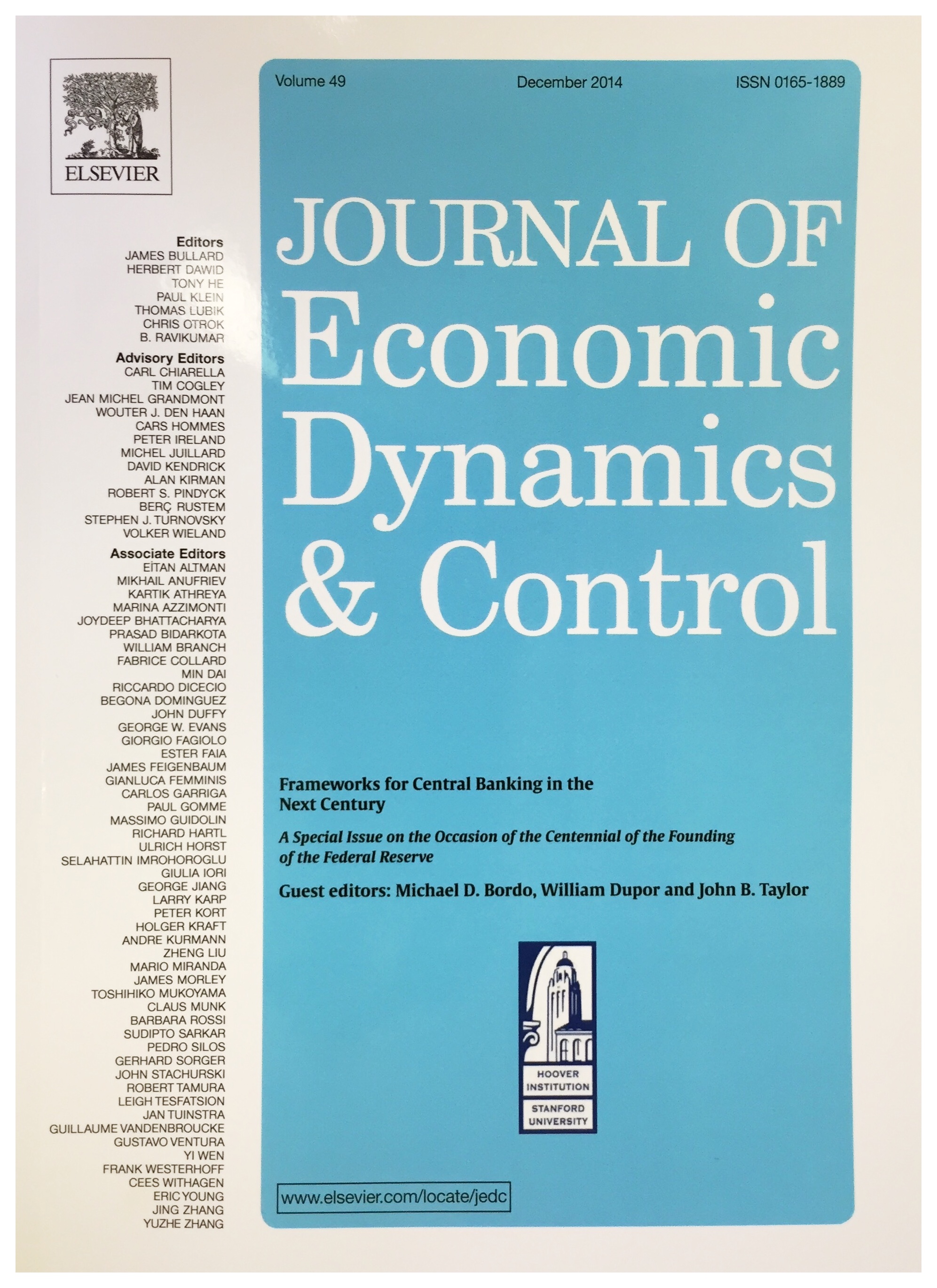
Released just as the Fed and its critics are debating if, when, and how to normalize monetary policy, the volume is especially timely. Its findings are consistent with, and encourage, a return to rules-based policy. As a result, economic performance in the United States and in the global economy would improve, as many contributors to the volume show.
“The Fed’s big swings between discretion and rules over the years are clearly documented in this volume, and they provide a historical proving ground of what works and what doesn‘t,“ stated John Taylor. “I think it is important, based on my own experience, to have a rules-based monetary policy,“ explained former Secretary of Treasury and State, George Shultz. And monetary historian Allan Meltzer concluded, “The main lesson of this trip through history is that following a rule or a quasi rule...produced two of the best periods in Federal Reserve history.“ Michael Bordo stated that “The Fed has moved away from rules policy in its lender of last-resort function“ and that “this policy shift contributed to moral hazard and created new threats to financial stability.“
The volume includes 23 original contributions, each with new policy insights. Entitled Frameworks for Central Banking in the Next Century, it is based on a conference with the same title held at Stanford’s Hoover Institution in May 2014. Many members of the press attended, including columnist David Warsh, who observed that the conference, with its focus on the need for clearly-understood rules, was a “counterweight to a similar session organized last year by the National Bureau of Economic Research to mark the hundredth anniversary of the creation of the US central bank.” Policymakers contributing to the volume included four presidents of the regional Federal Reserve Banks.
EDITORS: Hoover Institution Distinguished Visiting Fellow Michael Bordo, Assistant Vice President of the St. Louis Fed William Dupor, and Hoover Senior Fellow John B. Taylor.
About the Hoover Institution: The Hoover Institution, Stanford University, is a public policy research center devoted to the advanced study of economics, politics, history, and political economy—both domestic and foreign—as well as international affairs. With its eminent scholars and world-renowned Library & Archives, the Hoover Institution seeks to improve the human condition by advancing ideas that promote economic opportunity and prosperity, and secure and safeguard peace for America and all mankind.
CONTACT INFORMATION: Jenny Mayfield, Director of Media Relations | Office of Public Affairs | jennymayfield@stanford.edu | 650-723-0603







